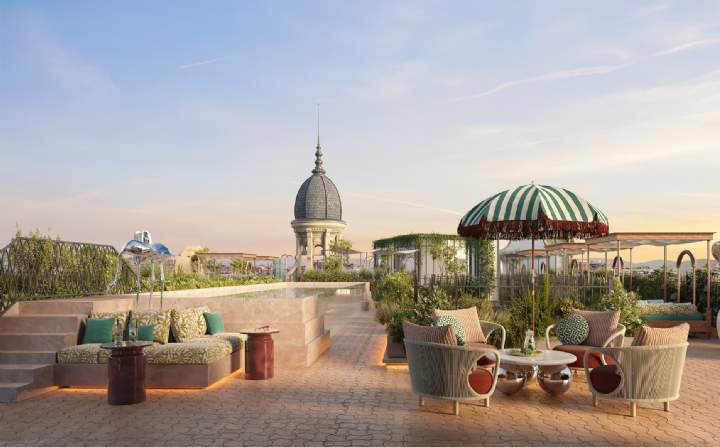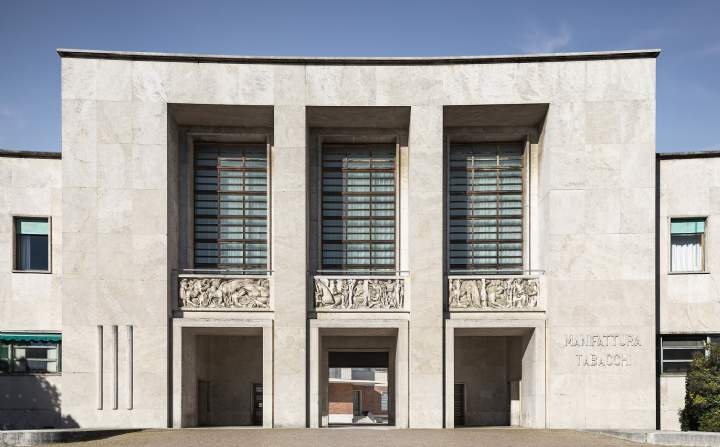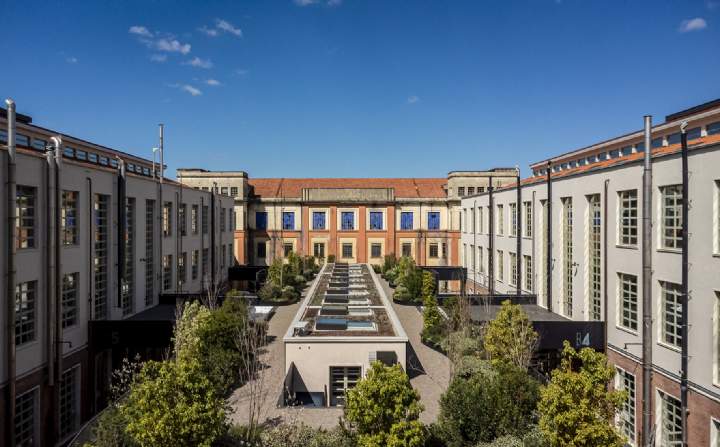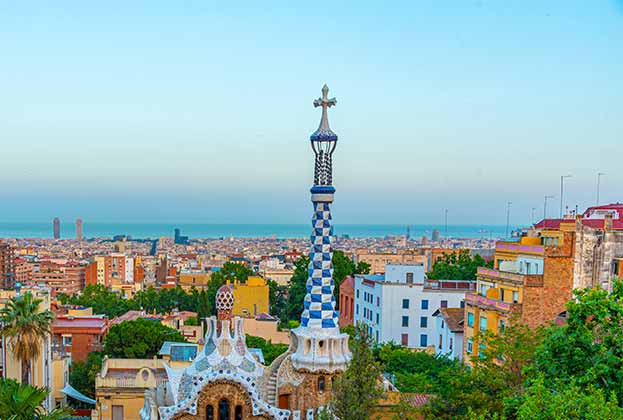From loft apartments in former factories to branded residences in historic buildings, the refurbishment of existing buildings is not just a matter of preserving architectural heritage; it can be a catalyst for broader regeneration.
These landmark developments breathe new life into neighbourhoods, attracting investment, business, and residents. Often positioned in central, well-located areas due to supply constraints, refurbishments give prestigious, 'status' buildings a new lease on life, transforming them into vibrant destinations and communities.
.jpg)
.jpg)



.jpg)
.jpg)

(1).jpg)
(1).jpg)







.jpg)
.jpg)
